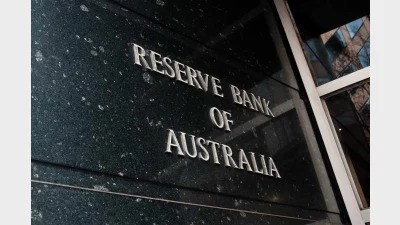Qld Govt attitude central to Sunsuper/QSuper merger



The proposed merger between Queensland’s two largest superannuation funds – Sunsuper and QSuper – would create Australia’s largest not for profit superannuation entity but it can only happen with the acquiescence of the Queensland Labor Government.
That is because QSuper started off life as a State Government employees superannuation fund and, although being public offer a couple of years ago, is still subject to the Superannuation (State Public Sector) Act 1990.
Just as importantly, the chair of Sunsuper, Andrew Fraser is a former Queensland Labor Treasurer.
Both Fraser and QSuper chair, Karl Morris confirmed the reality of the merger talks in a statement issued late on Monday but made it clear that the proposal was in its early stages, declaring “whether or not the consideration proceeds beyond preliminary discussion is dependent on many factors”.
However, the discussions are taking place at a crucial time for superannuation funds as the Australian Prudential Regulation Authority (APRA) seeks to establish its member outcomes regimes and implement its so-called outcomes “heat maps”.
While neither Sunsuper nor QSuper are regarded as being investment performance laggards, a merger of the two organisations would create a significant entity encompassing substantial in-house investment capability, financial planning and fund administration.
The merged entity would boast nearly two million members and close to $180 billion in funds under management, making it larger than AustralianSuper at $166 billion.
Importantly, the merger talks follow on from Sunsuper’s completion of a merger with AustSafe Super earlier this year and a change in chief executives from Scott Hartley to Bernard Reilly which took effect from last month.
Interestingly, delivering satisfactory investment returns does not appear to have been a problem for either Sunsuper or QSuper, with FE Analytics revealing that the balanced options for both funds returned within the first quartile over one, three and five years to 31 October 2019, except Sunsuper's fund over the one year where it returned within the second quartile against its peers.
Source: FE Analytics
*Performance calculated to 31 October 2019
Recommended for you
The central bank has announced the official cash rate decision for its November monetary policy meeting.
Australia’s maturing superannuation system delivers higher balances, fewer duplicate accounts and growing female asset share, but gaps and adequacy challenges remain.
Global volatility and offshore exposure have driven super funds to build US-dollar liquidity buffers, a new BNY paper has found.
Less than two in five Australians are confident they will have sufficient assets to retire and almost three-quarters admit they need to pay greater attention to their balance, according to ART research.










Interesting that in an article about merging you see the need to quote past performance?????
Rather than quoting returns as the ultimate guide to a fund, how about just for fun and giggles you mention that SunSuper Balanced has 13.2% in cash/fixed interest (aka true defensive assets) versus QSuper Balanced 36.9% as quoted by their individual websites. Even the QSuper Aggressive fund has more cash/fixed interest than SunSuper Balance (31.1% vs 13.9%). It's ok, lets just call everything Balanced and target to that!!!!!
Tim, those QSuper fixed interest investments returned 17% last year. Sound "true defensive" to you? Are you saying the fund that came number one in the last one and ten years is too defensive and not balanced enough? Maybe it's more balanced (diversified) than any other fund which is why it also has the lowest volatility by far...